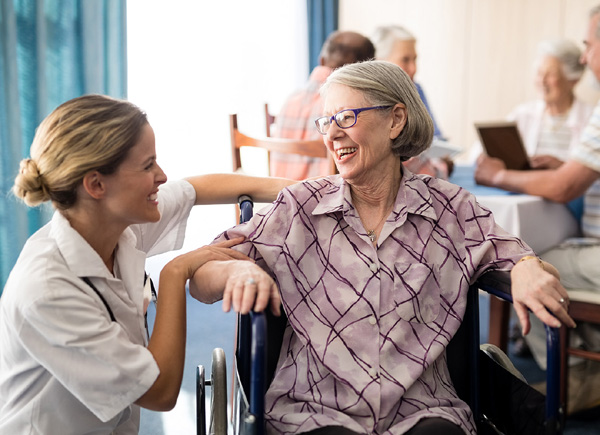
Wednesday July 15, 2020 ~ VICTORIA, BC
by Mary Brooke, B.Sc., Editor ~ West Shore Voice News
After a ban for on any visits by family members to see family members in long term care homes and seniors’ assisted living facilities during the COVID-19 pandemic, the BC Government through BC Health and the Provincial Health Officer has begun the process of loosening up those restrictions.
Restricting access to care homes and assisted living was one of the first aspects of social lockdown during Phase 1 of the pandemic in March. These facilities were already practiced in restrictions on visitors as part of annual flu-season protocols (such as needing to have a flu vaccine and also being required to wear a mask).
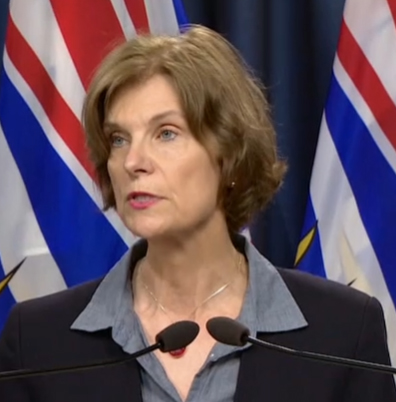
But this pandemic saw a full restriction on any incoming persons who weren’t staff. This resulted in some cases of a senior family member dying without a loved one at their side. The social and emotional pressures of this began to mount after a few weeks, including a call from BC Seniors Advocate Isobel Mackenzie to approach things more compassionately.
The public health perspective was that with about 30,000 residents in long term care and assisted living in BC, that bringing in at least 30,000 new potential carriers of COVID-19 (i.e. one visitor per resident) was a source of too much risk for spread of the disease to residents and staff.
BC public health already knew the risk to long term care residents from the get-go, hence the pandemic-long messaging heavily focussed on protecting seniors and elders and strictly adhering to their lockdown on visitors until now.
The price for extended lockdown:
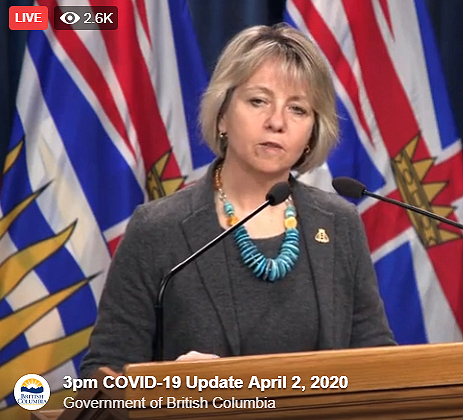
BC Provincial Health Officer Dr Bonnie Henry stuck to her guns during the height of the pandemic (backed up by Health Minister Adrian Dix). But prices have been paid for this approach to unbending rule over visitation to seniors in long-term care and assisted living.
First off is the short and long-term emotional damage to families during the spread of COVID-19 in long term care. That includes isolation for the residents, guilt and stress for the families, and the very difficult scenario of deaths unattended by a family member.
As well, this approach created a blind spot for youth, many of whom believed themselves to be invincible to the COVID-19 infection or that any infection would be mild (like a bad cold or flu); this has ultimately transpired as seeing young people dropping their guard about physical distancing quite readily during Phases 2 and 3, which will lead to more spread than might otherwise be the case.
This might — in modern political lingo — be dismissed as an unintended consequence, but it was clearly a tunnel-vision approach to protecting elders over the safety of everyone else. While people over age 60 appear to in fact have the hardest time in dealing with the COVID-19 infection (and are an age grouping where most of the deaths have occured), the virus is proving to cause serious damage to heart, lung, brain and other tissues in the body which could lead to lifelong health challenges for people of any age.

For children the cardiovascular impact was seen fairly early on, becoming known as Multisystem Inflammatory Syndrome in Children (MISC); quietly Dr Henry did put pediatricians on alert in BC for this possible set of symptoms in children and teens.
As the COVID-19 pandemic has in many contexts been compared to the fighting manner and stance of World War II (i.e. who is called to serve, and that everyone in some manner serves), the parallel could be that the young and able-bodied were sent into the firing line (frontline workers in health care, grocery and pharmacy retail, delivery personnel, teachers in some cases who were called in for in-school availability to the children of essential workers, and cleaning/janitorial/maintenance workers in all sectors). Those with social and technological resource could hide safely in their homes.
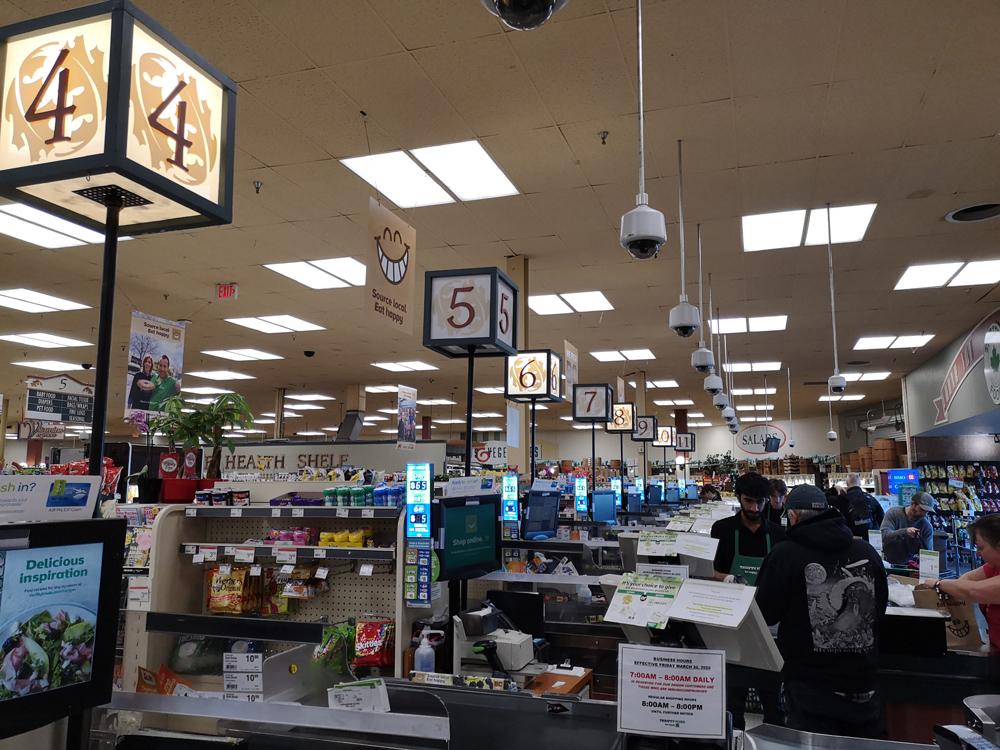
There is probably no measure yet for the mental health impacts on everyone during COVID-19. The youth who were led to believe they were relatively unaffected and who did most of the frontline work, those who agreed to extended self-isolation (feeling something like voluntary solitary confinement), and the seniors who endured the height of the pandemic without direct family support.
People who found themselves standing on the firing line as the pandemic hit (such as health care workers, long term care workers, workers in essential retail, cleaners, truckers and delivery personnel, and to some extent teachers) will possibly come to wondering about how they ended up taking the bullets for the rest of us.
BC Health single-site investment:
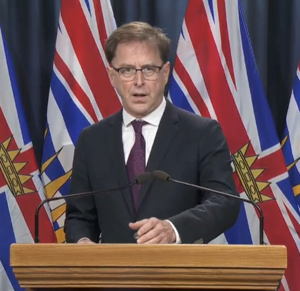
A fund of about $10 million was brought into place by BC Health Minister Adrian Dix this spring during Phase 1 of the pandemic to underwrite the costs of ensuring that all long term care workers would be paid enough (living wage) so they could work at only one care facility.
The ‘single site’ initiative was brought in to reduce the potential for the spread of COVID-19, and will serve well for flu season as well.
It was known long before the pandemic that care workers were paid a substandard wage and as a result would often find part-time employment at more than one facility in order to achieve the equivalent of a living wage.
Updated guidelines for family visits:
This information is directly from the Phase 3 Restart BC section on long term care:
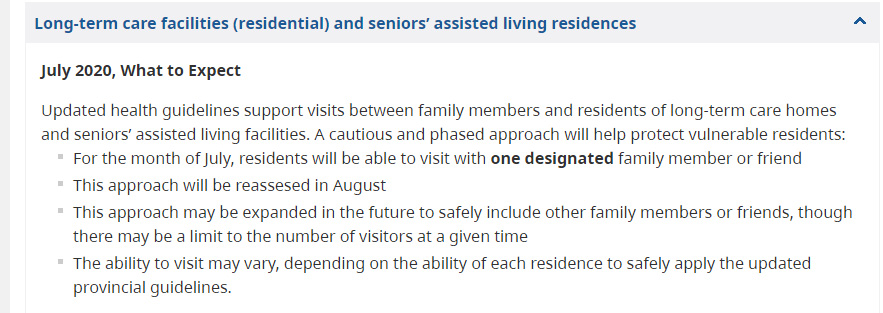
Updated health guidelines support visits between family members and residents of long-term care homes and seniors’ assisted living facilities. A cautious and phased approach will help protect vulnerable residents:
- For the month of July, residents will be able to visit with one designated family member or friend
- This approach will be reassesed in August
- This approach may be expanded in the future to safely include other family members or friends, though there may be a limit to the number of visitors at a given time
- The ability to visit may vary, depending on the ability of each residence to safely apply the updated provincial guidelines.

Please be patient with health authorities and operators as they need to carefully consider how to put in place their own plans that respect the current guidelines.
Guidelines include:
- You will be able to visit with your family member or friend at their residence once that location has developed the required plan to ensure your safety as well as that of the resident and supporting staff
- All visits must be booked in advance to allow for them to be conducted safely
- Visits are not allowed if there is an active COVID-19 outbreak at the residence
- You will not be able to come and visit if you or the resident you are visiting are sick or have any COVID-19 symptoms
- All visitors will be screened for signs and symptoms of illness, including COVID-19, prior to every visit
- All visits will take place in specific “visiting areas,” which will be organized by each residence
- When you visit you will need to bring a mask and wear it for the duration of your visit


